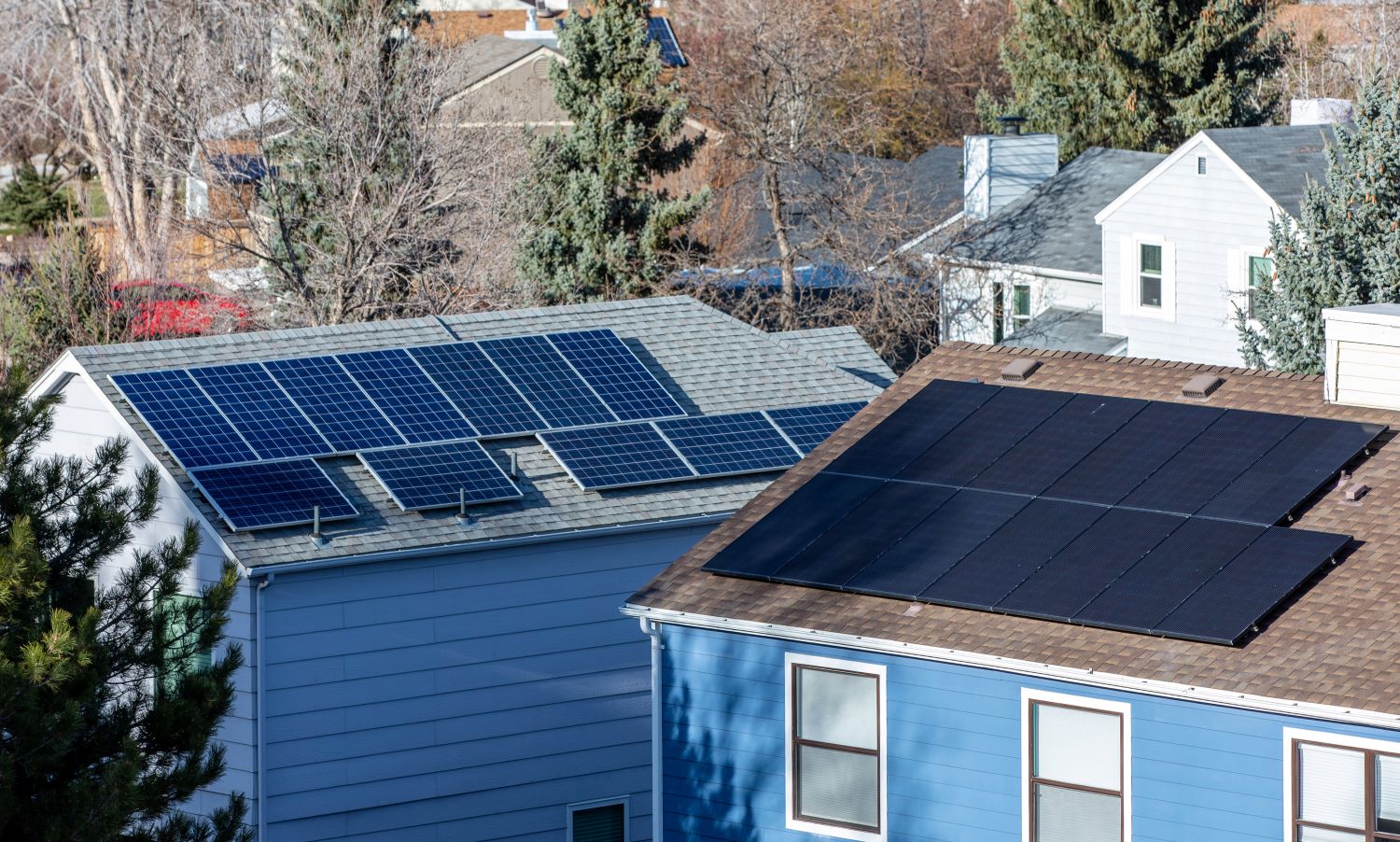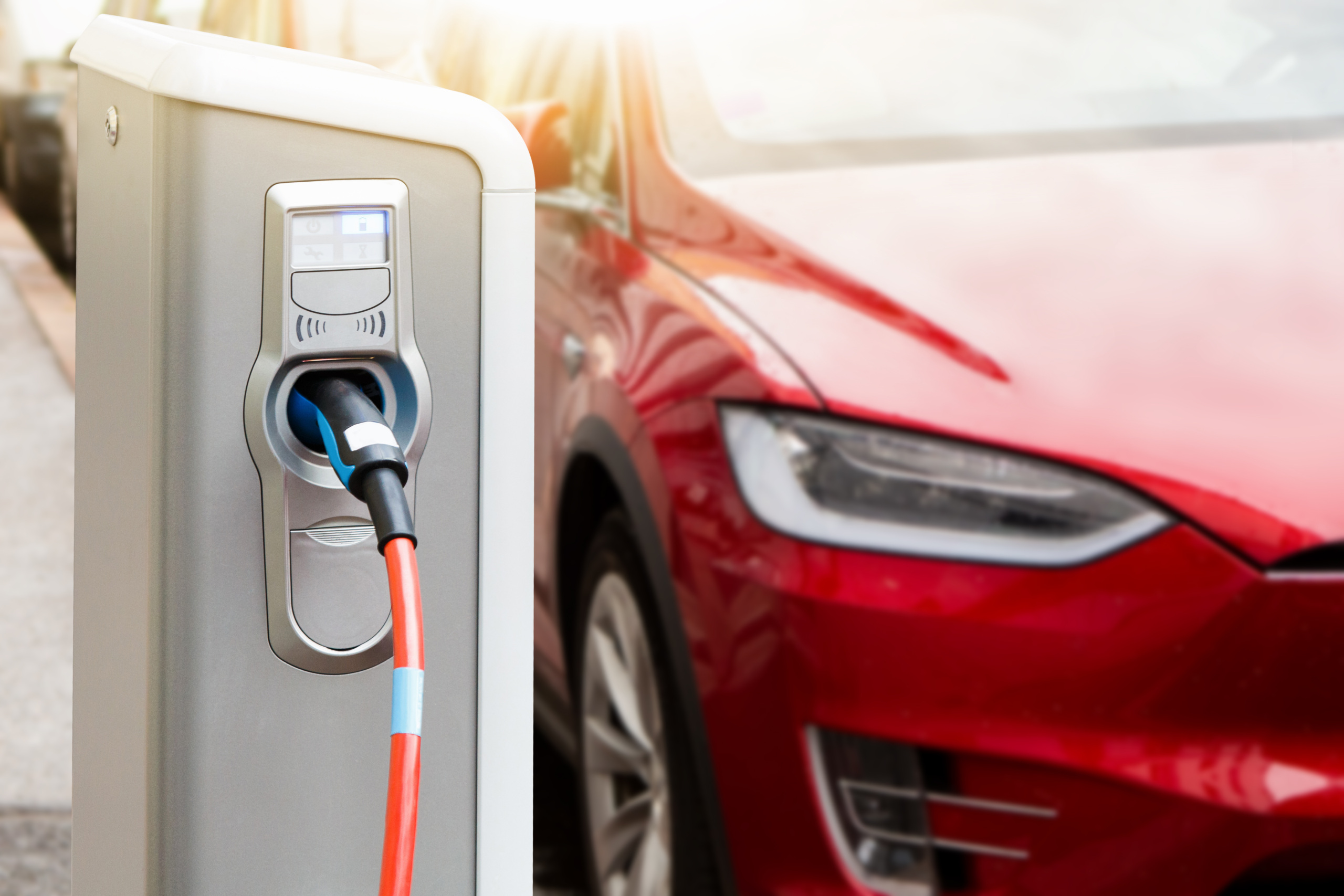
5 Reasons EVs Alone Aren’t Enough to Address Climate Change
The environmental burden of transportation in the United States isn’t a vehicle problem, it’s a problem with our transportation system as a whole. Simply swapping out internal combustion engines for electric motors won’t be enough to meet that challenge.
This article originally appeared on MeetingoftheMinds.org.
Is switching to electric vehicles powered by renewable energy enough to curb global warming?
It’s a critical question for the future of our cities and our world. Several weeks ago, the Intergovernmental Panel on Climate Change (IPCC) released a landmark study describing the importance of limiting global warming to 1.5°C above preindustrial levels, and laying out the dramatic and immediate steps required to achieve that goal. Limiting global warming to 1.5°C, according to the IPCC, will require at least a 40 percent reduction in carbon dioxide emissions by 2030 worldwide, and net zero emissions by 2050.
To get there, we will need to replace almost everything that currently burns fossil fuels with energy derived from carbon-free sources. And that includes our cars and trucks.
There are few tasks that are more urgent. Transportation has recently emerged as America’s number one source of carbon pollution. The recent emergence of electric vehicles as a convenient, cost-effective option for consumers – along with America’s rapid growth in renewable energy production – creates new hope that we can repower our vehicles in time to turn the tide on climate change.
But for all the promise of electric vehicles, we can’t lose sight of one simple fact: The environmental burden of transportation in the United States isn’t a vehicle problem, it’s a problem with our transportation system as a whole. Simply swapping out internal combustion engines for electric motors won’t be enough to meet that challenge.
A comprehensive approach to decarbonizing transportation can enable us to meet our climate goals faster and with a greater degree of certainty than by relying on electric vehicles alone. Frontier Group’s 2016 report, A New Way Forward: Envisioning a Transportation System without Carbon Pollution, provided a glimpse of what a comprehensive approach to decarbonizing transportation might look like – combining walkable neighborhoods linked by transit, market incentives for reduced car use, and the deployment of a variety of shared modes to replace dependence on private cars. And in our recent report, The Road to Clean Transportation, we drilled down further into what such a shift might look like in one region of the country: the Midwest.
Here are five reasons why a comprehensive approach to decarbonizing transportation makes sense:
1. It Makes Decarbonizing Easier
America’s transportation system is an energy hog. It is not just our cars that are inefficient, it is the way we have organized our communities and the systems we use to move people between and within our towns and cities. We drive vastly more miles than residents of any other major industrial country and we drive more of those miles in big, heavy vehicles than people elsewhere in the world.
We could repower this inefficient system with electric vehicles running on renewable energy. Our organization’s work on renewable energy has shown that America has sufficient energy resources from the wind and sun to do the job. But repowering transportation without addressing the underlying inefficiency of the system would be like installing solar panels on your roof while leaving the refrigerator door open all day – possible, but still wasteful.
A recent National Renewable Energy Laboratory study estimated that electrifying buildings and transportation would boost electricity consumption by 30 percent by 2050, with the vast majority of that extra demand coming from transportation. Every mile we don’t have to drive in 2050 makes the technological transition to a cleaner energy system that much less onerous and that much less expensive.
2. It Makes Decarbonization More Resilient to Setbacks
If you are investing for retirement, it is always good advice to have a diversified portfolio. The same is true of our efforts to decarbonize transportation. We not only need a good Plan A, but we also need solid Plans B, C, and D to ensure that our decarbonization efforts are resilient to setbacks.
Among the most effective policies we have to cut carbon pollution from transportation are the federal and state Cleaner Cars standards. Those standards, pioneered by California and subsequently adopted by 12 other states and at the federal level, are scheduled to drive continued improvements in fuel economy, reduce vehicle carbon emissions, and support the transition to electric vehicles.
Led by my colleague Elizabeth Ridlington, Frontier Group produced more than a dozen reports in the 2000s extoling the benefits of state Cleaner Cars standards and tallying up the carbon emission reductions and gasoline savings that will result from their adoption.
Unfortunately, the Cleaner Cars standards are under attack by the Trump administration. A recent analysis by the Environmental Defense Fund estimated that if that rollback goes through, we will lose more than 2 billion metric tons of emission reductions we were counting on to meet our climate goals.
A comprehensive approach to decarbonizing transportation can enable us to hedge our bets and continue to cut pollution even when one avenue for progress is blocked.
3. We Can Start Right Away
Electrifying the entire vehicle stock will take time. The average car on the road in the United States is now more than 11 years old. Barring changes to the fuel mix, most of the new cars rolling off dealer lots today will be just as polluting a decade from now as they are today on a per-mile basis.
We need to start transitioning to electric vehicles now. But we also have opportunities to make progress in other areas immediately. We can stripe a bike lane tomorrow, we can start running more buses on a transit line or change how we charge for parking within a few months. Some elements of a comprehensive decarbonization strategy, such as land use reform, will take decades to fully realize. But smaller-scale transformations of our communities can happen right away, providing us all with an opportunity to dig in and get our hands dirty on our own blocks, in our own neighborhoods, and in our own cities – regardless of who is in power in the White House.
4. It Makes Electrification Easier
Think for a minute about the things that have traditionally kept consumers from buying electric vehicles: range anxiety, cost, and lack of familiarity with the technology.
We tend to think of those barriers as the inevitable result of limitations of EV technology. But they are not: they are technological limitations that become barriers to adoption only because of the structure of our transportation system. In a country where people drive a lot, it takes a lot more range to make people feel comfortable that their car won’t run out of juice by the side of the highway. And when the price of admission to jobs, education and recreation is owning a car – and when investing in a car represents the second-largest capital expenditure a household will make after a home – it’s no surprise that people will be skittish about committing a sizeable share of their income to a new and unfamiliar technology.
Shared mobility services like carsharing and electrified public transportation can overcome these barriers. With shared transportation modes, it’s not the consumer but rather a fleet provider who makes the upfront investment in a new type of vehicle. By using EVs to meet demand for short trips in our cities, range anxiety disappears as well. In addition, by giving people a taste of electric mobility, we could make it more likely that consumers will buy an EV for themselves the next time they go to the lot.
Switching from internal combustion engines to electric motors also enables us to build different kinds of vehicles. As I wrote a couple of months ago, I now see all sorts of small electric vehicles on my daily travels around Boston – e-bikes, electric scooters, electric skateboards, even electric unicycles. If we can shift even a small fraction of or urban travel from, say, a private car or Uber to a small, lightweight electric vehicle, we can make a significant difference. But to get there, we need to carve out space on our streets to enable them to be used safely and comfortably. That is a transportation policy problem, and one we can only address through a comprehensive strategy.
There are synergies like this all around us if we care to look for them. But to see them, we need to look at the entire system, not just what’s beneath the hood.
5. It Addresses Problems Electrification Alone Doesn’t Fix
America’s transportation system saddles many low-income people with the financial burden of owning a car; it burdens their communities with congestion, dirt and noise; and it leaves millions of people – the poor, the old, the young, and people with disabilities – either stranded at the curb or reliant on inferior transportation options. Even for those with the resources and physical ability to own, maintain and operate a car, the grind of the daily commute affects our mental health, makes us miserable, and limits the time we can spend with family or doing the things we love.
There are also many environmental problems with a car-dependent transportation system that have nothing to do with the fuel that is used in our vehicles – polluted runoff from roads that fouls our rivers and streams, fragmented habitat for wildlife, noise, and the energy use, materials consumption and pollution that result from vehicle manufacturing.
Electrification alone can’t solve those problems, but a comprehensive transportation strategy that includes electric vehicles can. And in the process, it can enable us to mobilize new constituencies for whom decarbonization might not be their primary concern.
Decarbonizing transportation is a major challenge, one that requires us to use all the tools we have at our disposal. By combining smart transportation and smart growth strategies with an aggressive push to electrify our vehicles and decarbonize our electricity supply, we can build a transportation future that strengthens our communities even as it helps us to preserve a livable climate for ourselves and future generations.
Topics
Authors
Tony Dutzik
Associate Director and Senior Policy Analyst, Frontier Group
Tony Dutzik is associate director and senior policy analyst with Frontier Group. His research and ideas on climate, energy and transportation policy have helped shape public policy debates across the U.S., and have earned coverage in media outlets from the New York Times to National Public Radio. A former journalist, Tony lives and works in Boston.
Find Out More

Beyond the politics of nostalgia: What the fall of the steel industry can tell us about the future of America

Let us now praise rooftop solar: A tale from New England

Automakers could have learned to build EVs. They paid Tesla to do it instead.

